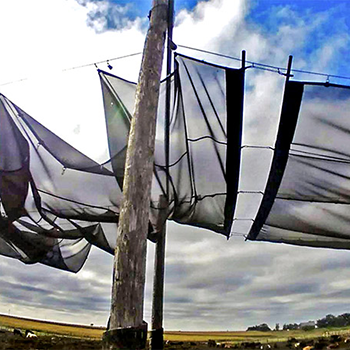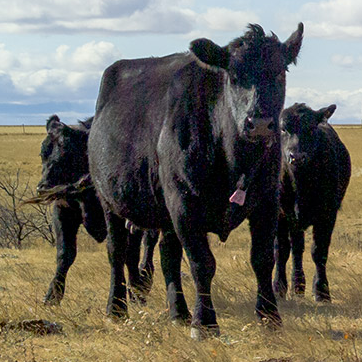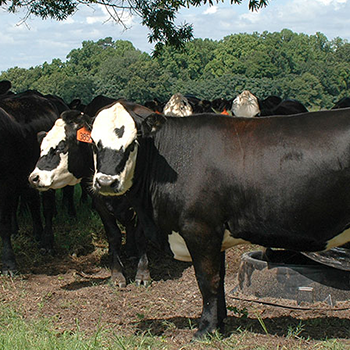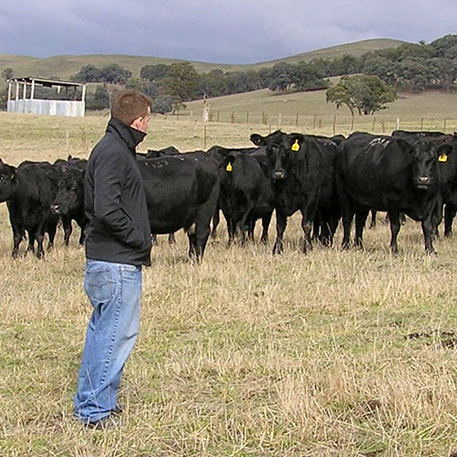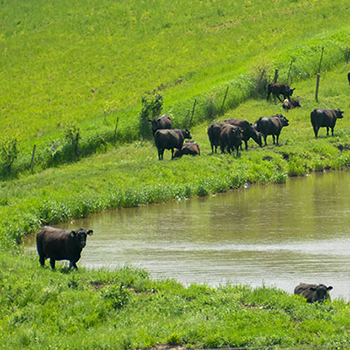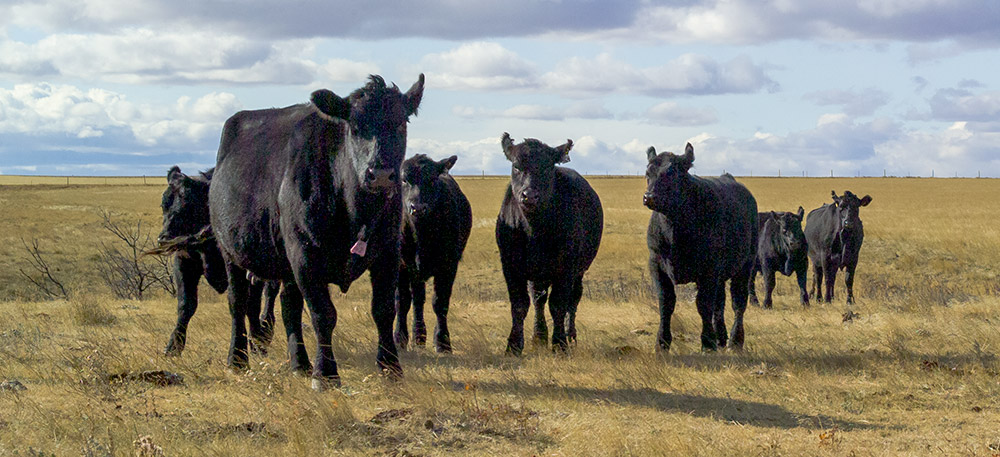
Know the Difference
In forage management, there’s a difference between overstocking and overgrazing.
Native grasses around the world have been grazed by herbivores for millions of years. Grass and grazing animals evolved together. In North America bison, pronghorn antelope and elk grazed the plains before European settlers arrived. In mountainous western areas, elk, deer, bighorn sheep, mountain goats and smaller cousins of the plains bison grazed the more rugged regions. The native vegetation on our continent evolved with grazing animals very similar to our domestic cattle and sheep. Grazing by large ungulates is the natural condition for these lands.
Herds of grazing animals eat down a certain area and move on — coming back later after the plants regrow. “Overgrazing” as we know it today was rare in prehistoric times; it is a modern symptom that occurs when animals are confined in certain areas and can’t move on after the landscape has been grazed.
Richard Teague, Texas A&M AgriLife Research rangeland ecology and management scientist in Vernon, Texas, says his goal in research is to discover what kind of management of rangeland results in the best means of restoring ecological function and farm livelihoods.
“For sustainable use of ranch lands, key things to avoid are first overstocking and then overgrazing. Some people confuse those two things. To avoid overstocking you must make sure you don’t have too many animals — and leave enough grass to feed the animals and perform the ecosystem functions like shading the soil, etc. You also must avoid overgrazing, which occurs when you graze too long and don’t provide enough recovery time. No matter what the conditions are, you must try to avoid those two situations,” says Teague.
Many people believe that by just having a few animals on the landscape you can achieve those goals, but those few animals generally return to the same plants again and again, so those plants get no recovery time. If left to graze where they want to, the animals graze fairly close to a water source until it’s grazed out and they have to move farther away. Also, they tend to graze their favorite plants again and again, often to the point of weakening and killing them, leaving the less palatable ones.
Under continuous grazing in large pastures, cattle concentrate in areas close to water and the more palatable plants. Even under light or moderate stocking, these areas are more heavily grazed, while the rest of the paddock is undergrazed. This weakens the heavily grazed plants so they have shallower roots, produce less biomass and are thus more adversely affected during dry years. If the paddocks are divided and multiple water points are provided, a larger portion of the ranch or range can be utilized — with only moderate defoliation in the growing season — and not grazing the paddocks again until those plants recover.
“Even under low stocking rates, if livestock are continuously grazing the same area, they diminish and degrade certain patches of vegetation,” he explains. “Eventually those degraded patches increase in size, particularly during drought, so that eventually the whole landscape is degraded. And of course, if you have too many animals there all the time (overstocking), it simply speeds up that process.”
With well-managed adaptive multi-paddock grazing, plants have more recovery time and the vegetation is predominately taller, more-productive grasses. With heavy continuous grazing, which is both overstocking and overgrazing, the landscape is dominated by less-productive short grasses and forbs. Light continuous grazing, which is still overgrazing even though stocking rate is low, he warns, creates a lower proportion of tall grass species than multi-paddock grazing.
In his studies of ranch and rangelands in northern Texas, Teague found the fungal/bacterial ratio and functional soil life was highest with multi-paddock grazing — as a result of greater amounts of tall grass species. This creates better infiltration, water-holding capacity and nutrient availability and retention. His study documents the positive results for long-term maintenance of resources and economic viability for ranchers who use adaptive management and multi-paddock grazing, compared to those who practice continuous season-long grazing.
Editor’s note: Heather Smith Thomas is a cattlewoman and freelance writer from Salmon, Idaho. Photo by Shauna Hermel.
